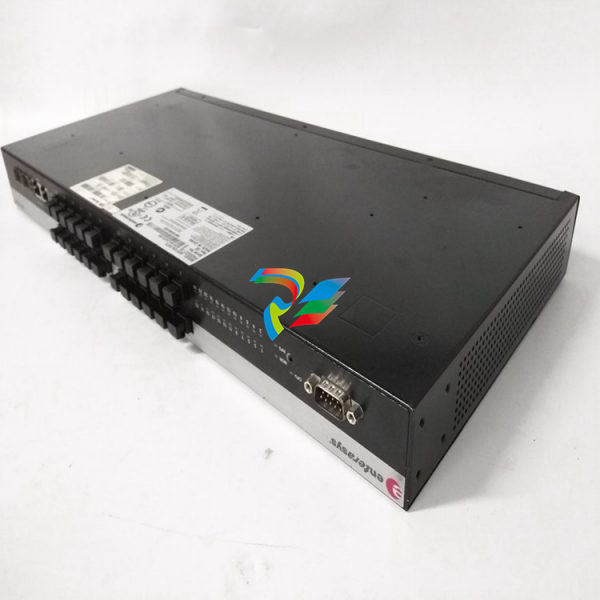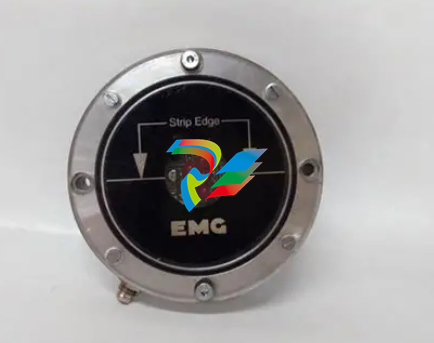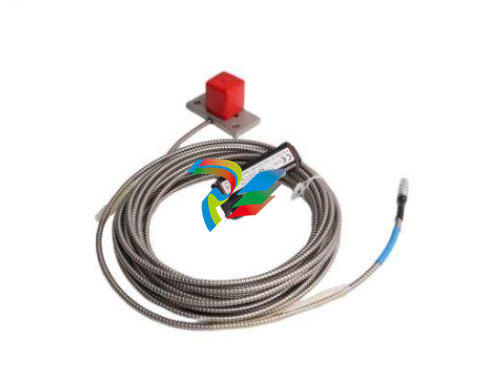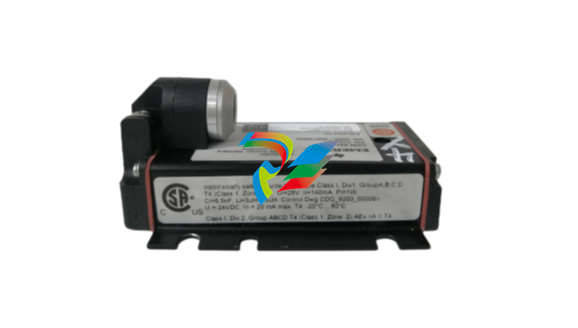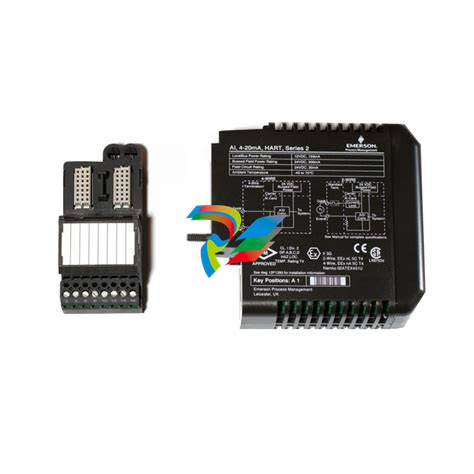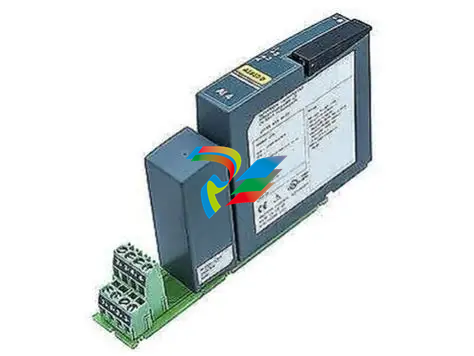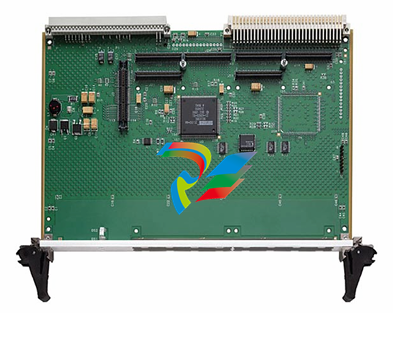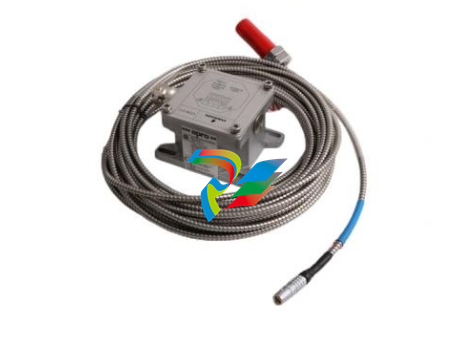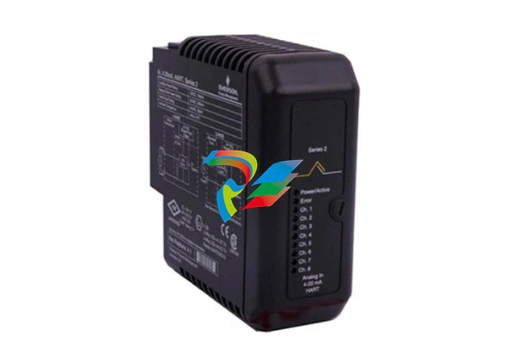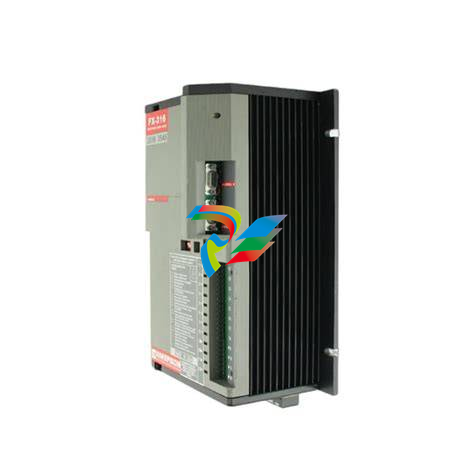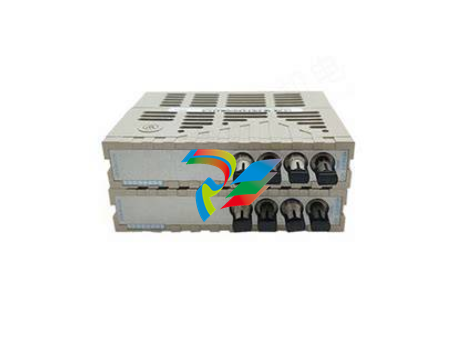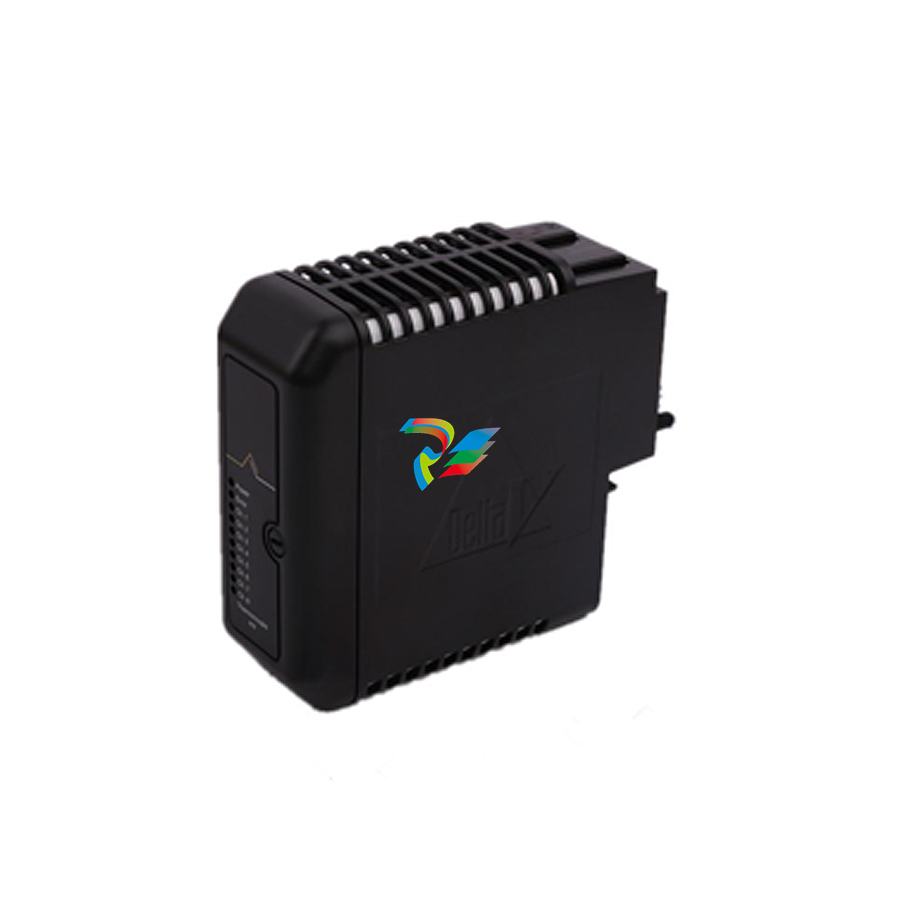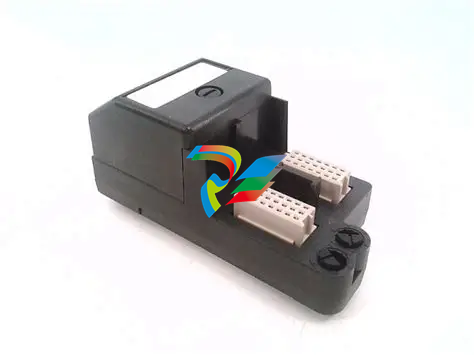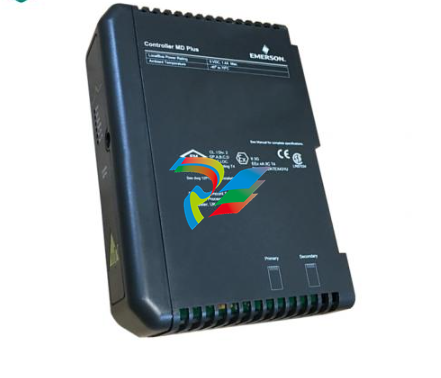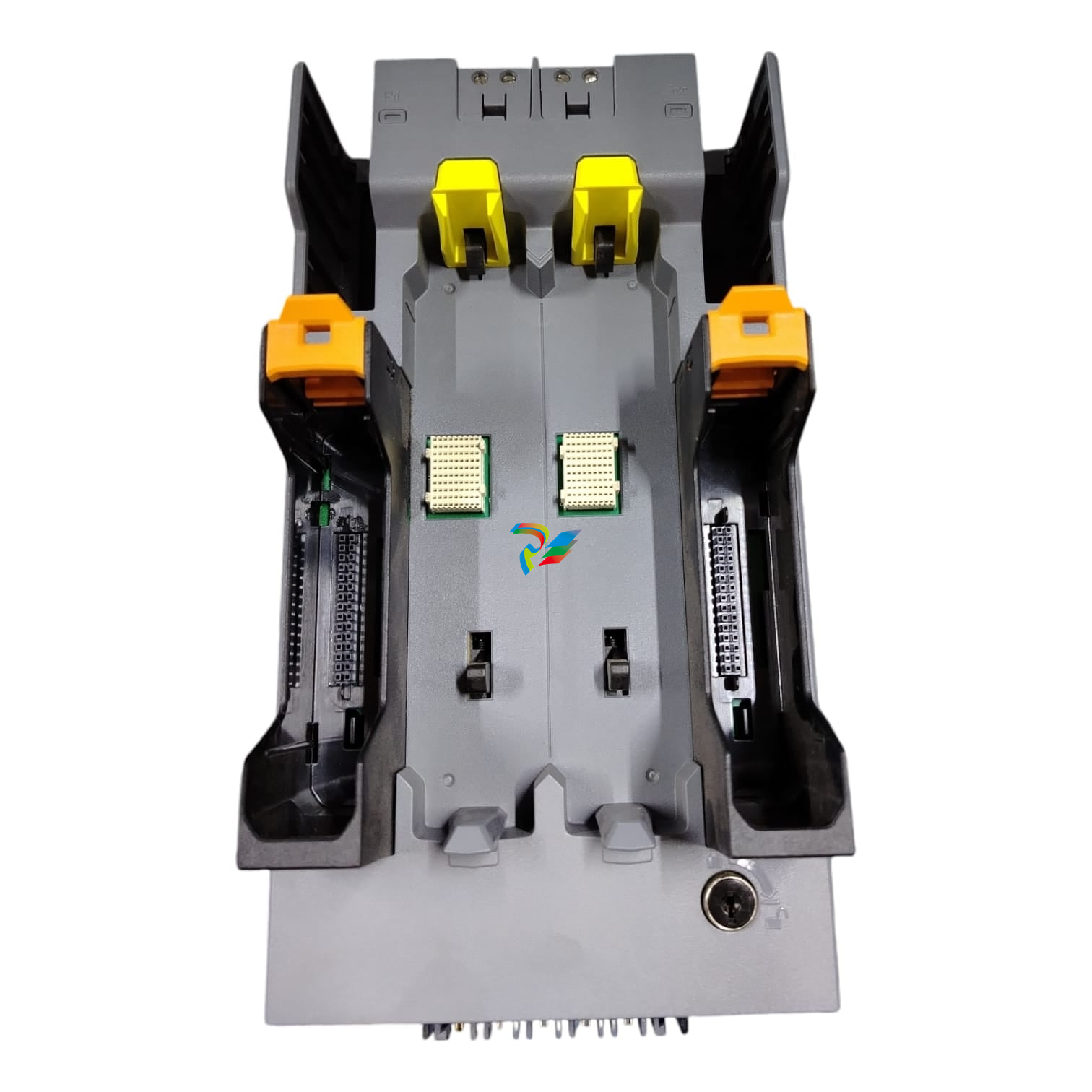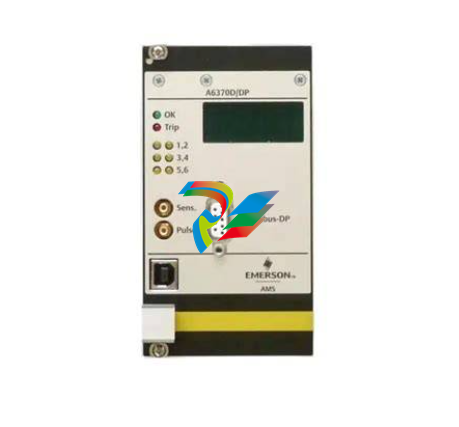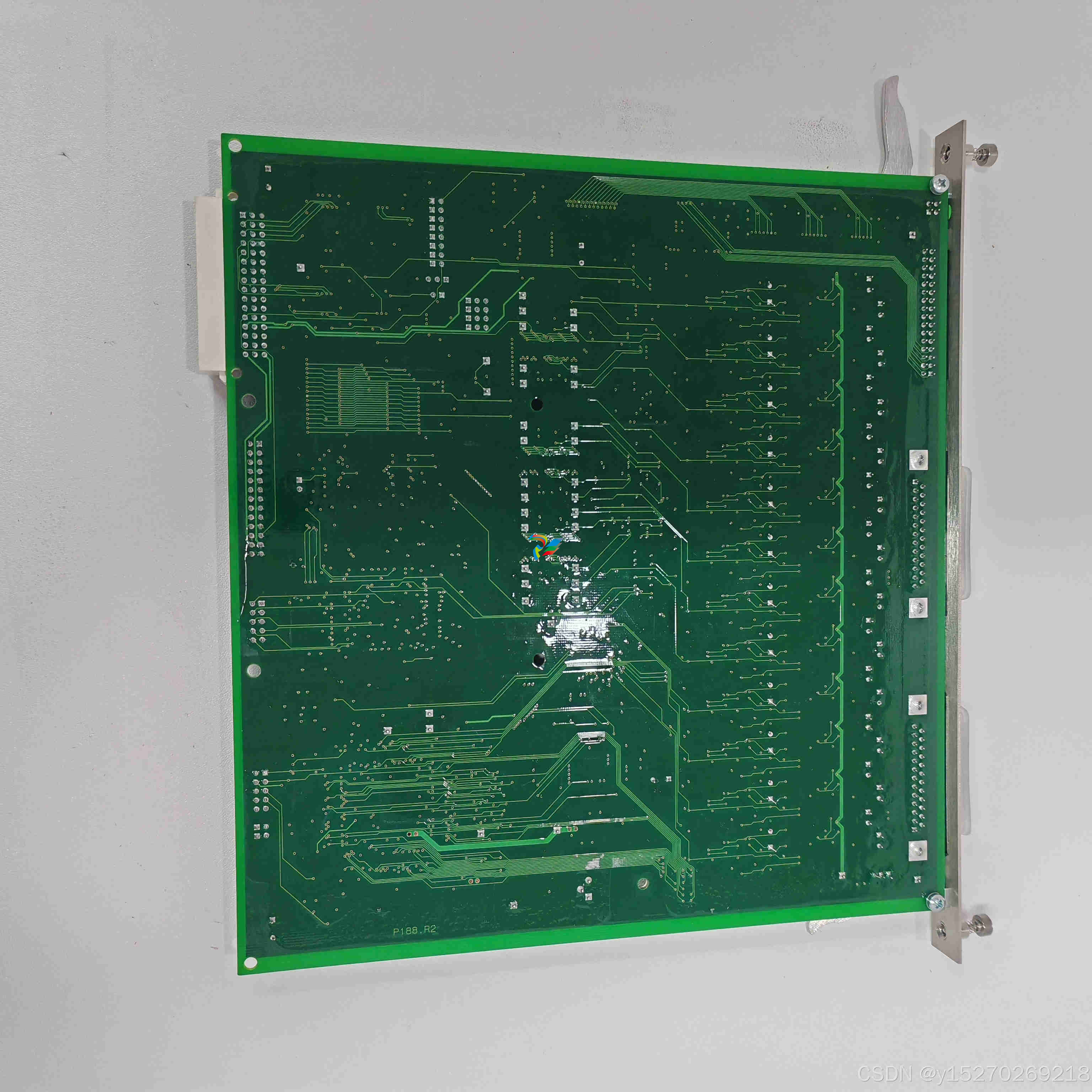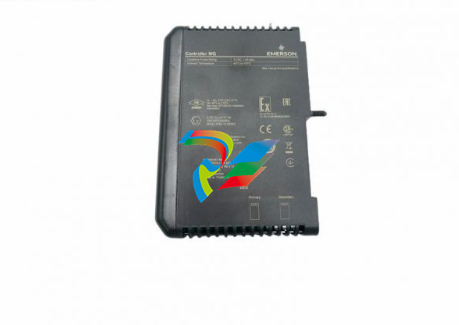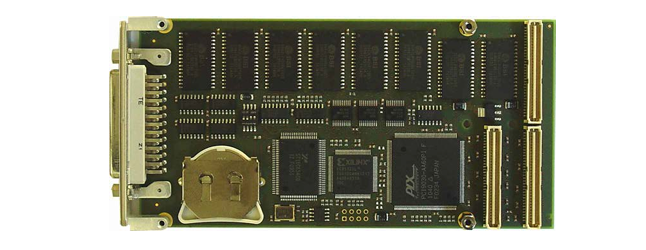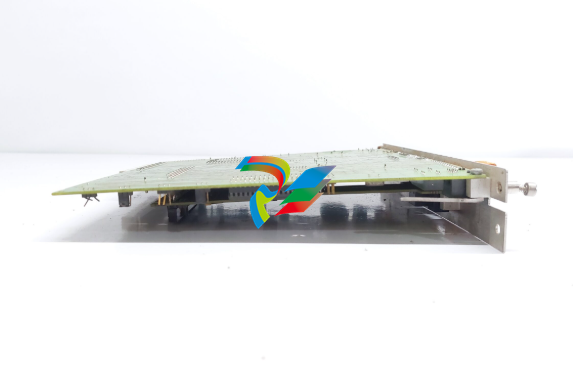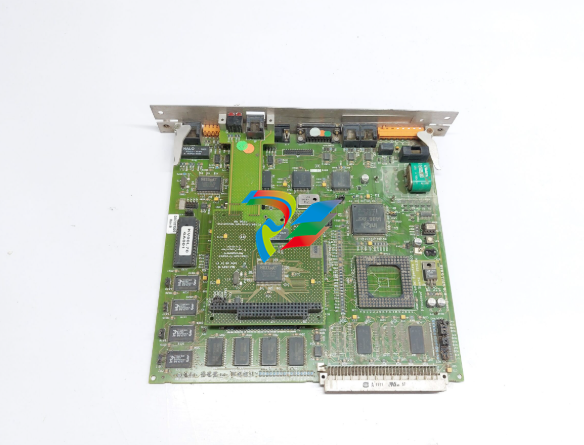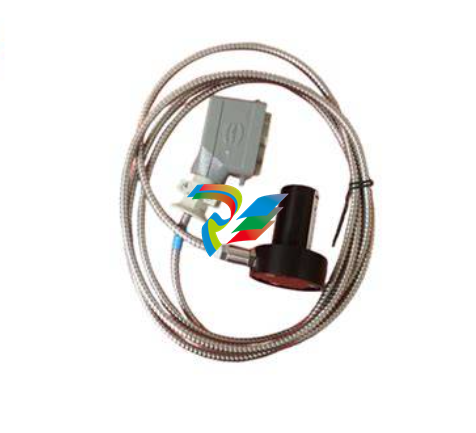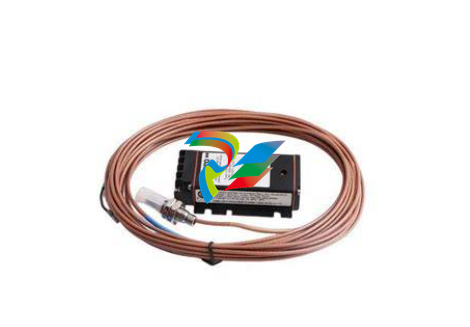
ABBACS5000 water-cooledUser manual
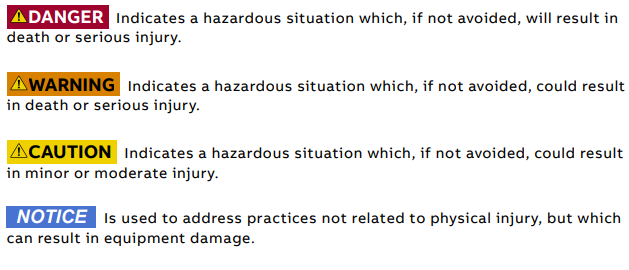
Product safety labels Safety labels are affixed to the drive components to alert personnel of potential hazards when working on the equipment. For more information, see the label placement document for the drive. The instructions on the safety labels must always be followed and the labels must be kept in a perfectly legible condition.
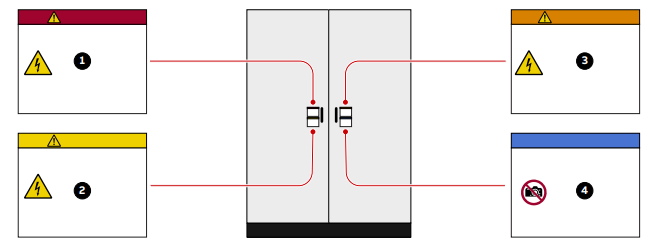
General safety instructions 1) Minimize hazards 2) Before energizing the drive:
• Remove all foreign objects are from the drive
• Fasten all internal and external covers securely
• Close, lock, and/or bolt all doors
• Move the release dial of the door safety switches into the locked position 3) Before working on the drive:
• Turn off, lock out, and tag out the main and auxiliary power supplies to the drive • De-energize the drive
• Ensure that the safety ground connections are in place
• Ensure that the appropriate personal protective equipment (PPE) is available and used when required
• Inform the involved personnel about the potential safety hazards
• Wear hearing protection when a drive is running. 4) Before working simultaneously on the drive and on other drive system equipment:
• Observe the relevant safety codes and standards
• Turn off all energy sources for the equipment
• Ensure that all lockout and tagout devices are in place
• Install barriers around and use appropriate covers on the equipment that is still energized
• Inform the involved personnel about the potential safety hazards 5) In case of fire in the drive room:
• Observe the established rules and regulations for fire safety
• Only allow firefighters with the appropriate PPE to enter the drive room
The 7 steps that save lives ABB’s 7 steps that save lives concept is a series of actions that must take place prior to commencing work on or near electrical installations. 1) Prepare for the work: do an on-site risk assessment or job hazard analysis that considers the limits of approach for shock and arc-flash. • Be in possession of a clear work order to execute the work. • When required, the access or work permit is to be obtained by a person who is authorized for the specific electrical system. • Engage the person responsible for electrical equipment or system to review single-line diagrams, schematics, switching plans, etc. • Ensure the competence of workers. • Check for proper tools for the job. • Determine and select the proper arc-rated Personal Protective Equipment (PPE). • Decide of the appropriate work methods and initiate the Permit To Work (PTW) process. 2) Clearly identify the work location and equipment. • Use your senses (sight, hearing and smell) to identify problem areas. • Define the work area via barriers and barricading and label equipment. • Avoid distractions such as talking or texting on the phone. 3a) Disconnect all sources of supply. • If ABB is responsible for switching and it cannot be done remotely, then the person performing the switching must be properly trained and wearing the proper PPE identified in step 1. • The Person in Charge of Work (PICW) must ensure that switching is performed in the proper manner by witnessing it from a safe distance if present on site or by engaging the person responsible for switching to identify all isolation points. 3b) Secure against reconnection by applying Lockout/Tagout. • Apply Lockout/Tagout (LOTO) to the energy isolation device and if multiple energy isolation devices are involved, then Group LOTO must be implemented with the PICW serving as the Group LOTO Leader.
4) Verify the absence of operating voltage: always test before you touch! Only use properly rated and inspected voltage detection devices and wear proper PPE identified in step 1:
• Test voltage detection device • Test for voltage
• Test voltage detection device It is highly important that the voltage detection device is tested on a known voltage source such as a Proving Unit or by performing an internal self-test, according to the manufacturer’s instructions, before and after testing for the absence of operating voltage. 5) Carry out earthing and short-circuiting.
• Close and lock the earthing switch if the electrical equipment is designed for this purpose or apply portable equipment for earthing and short-circuiting. If this is carried out by the customer, then the PICW must ensure that this equipment is properly earthed as a part of the integration/verification and during step 7 when the PICW walks the PTW. 6) Protect against adjacent live parts and take special precautions when close to bare conductors.
• Determine minimum approach distances, apply screening or shrouding, and when applicable, padlock both cable and busbar shutters.
• If working within the restricted approach boundary or vicinity zone where inadvertent movement could cause contact with live parts, special precautions must be employed, such as the use of the properly rated insulated gloves and tools. 7) Complete the permit to work and “Walk the Permit”. • Check isolation points
• Verify that all circuits are isolated and secured • Ensure all parties are integrated with the Lockout/Tagout

